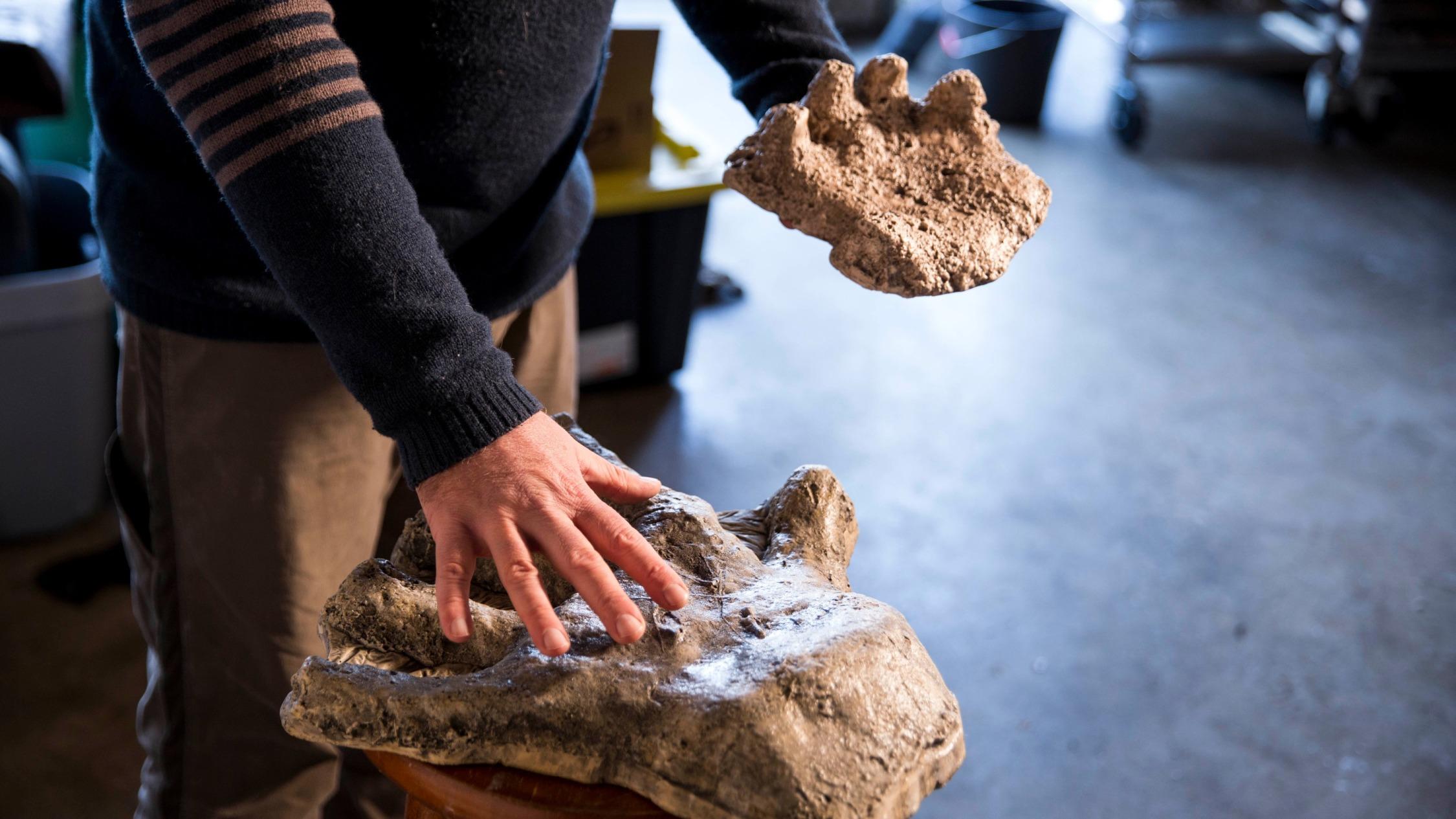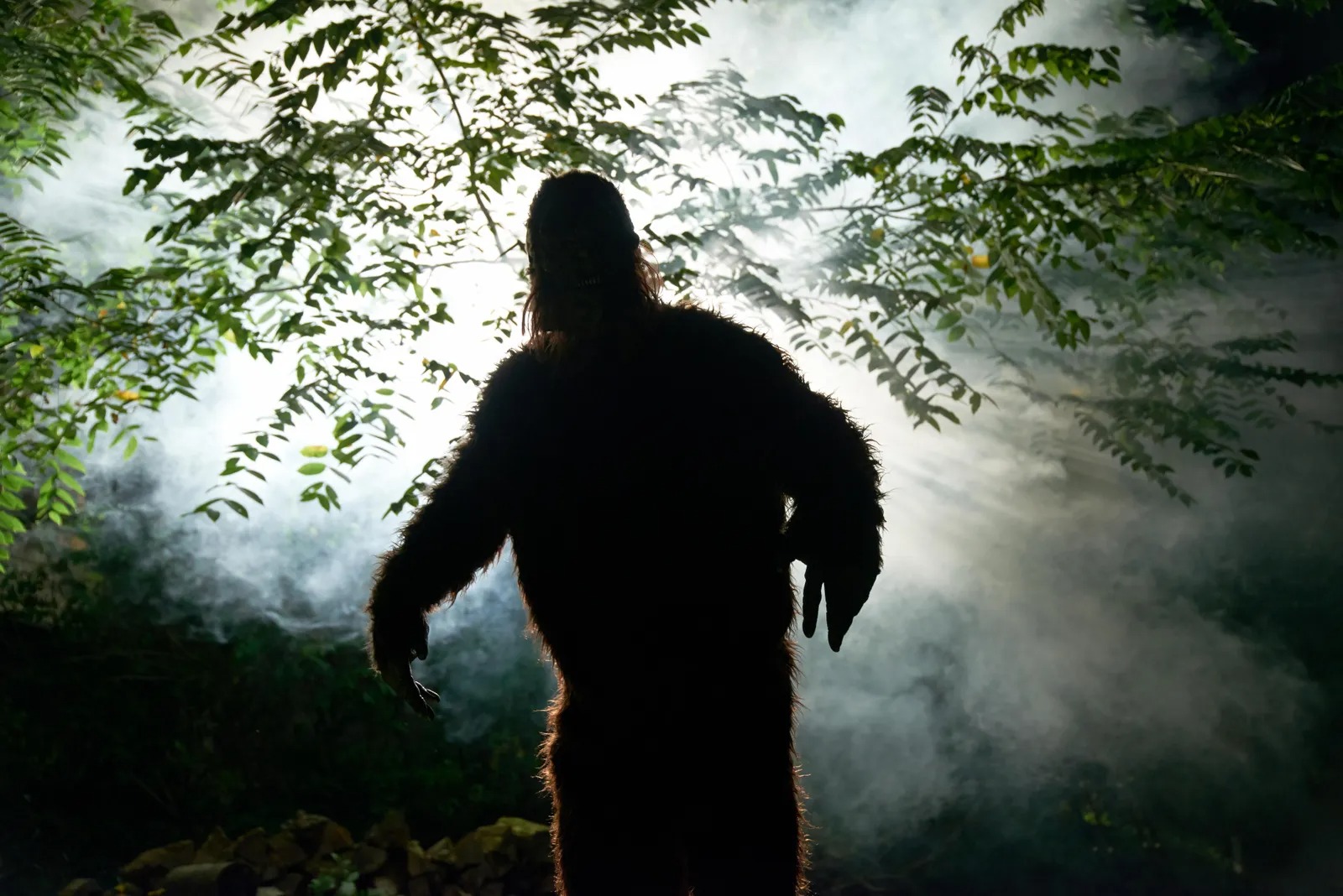FASHION & LIFESTYLE NEWS
Unveiling the Origins of Bigfoot: Where Did Bigfoot Originate?
Have you ever wondered about the origins of the legendary Bigfoot? The enigmatic creature, often shrouded in mystery, has captured the imagination of people around the world for decades. In this article, we delve into the intriguing question: Where did Bigfoot originate? with AlibayTrendy Store.
Where Did Bigfoot Originate?
Native American Folklore:
Native American folklore offers a rich tapestry of myths and legends that have endured through generations, providing insight into the cultural beliefs and traditions of indigenous peoples across North America. Among these tales, the legend of Bigfoot holds a prominent place, woven into the fabric of numerous tribal narratives.

Across various indigenous tribes, from the Pacific Northwest to the Great Plains and beyond, stories abound of encounters with mysterious, ape-like creatures lurking in the depths of the wilderness. These creatures, often described as towering and covered in hair, bear striking resemblances to the modern-day depiction of Bigfoot. In the lore of many tribes, they are known by different names—Sasquatch, Skookum, or Windigo—but the essence of their existence remains consistent.
These legends serve not only as cautionary tales but also as explanations for the mysteries of the natural world. They speak of a deep connection between humans and the land, where respect for the environment and its inhabitants is paramount. Through these stories, indigenous cultures impart wisdom about the importance of harmony and balance with nature, emphasizing the interconnectedness of all living beings.
Furthermore, the oral tradition of passing down these tales from one generation to the next ensures their preservation and relevance in contemporary times. Despite the passage of centuries, the stories of Bigfoot endure, transcending cultural boundaries and captivating the imagination of people worldwide.
Where Did Bigfoot Originate? Historical Accounts
Historical accounts present another compelling angle in the quest to unravel the origins of Bigfoot. Spanning centuries and continents, these accounts offer glimpses into encounters with mysterious hairy creatures that bear remarkable similarities to the modern-day depiction of Bigfoot.

Dating back to antiquity, records from various cultures around the world contain descriptions of encounters with large, ape-like beings roaming the wilderness. From the accounts of ancient civilizations such as the Greeks and Romans to medieval European folklore, tales of wild men or forest giants echo through the annals of history.
In more recent times, the exploration and colonization of new lands brought forth a wave of reports detailing encounters with strange creatures in the untamed wilderness of the Americas. European explorers and settlers documented their observations of hairy, humanoid beings in the dense forests and remote regions they traversed.
As settlements expanded and civilization encroached further into the wilderness, reports of encounters with these mysterious creatures became more frequent. Journals, newspapers, and letters from pioneers and settlers recount sightings of large, bipedal creatures lurking on the fringes of civilization, instilling fear and curiosity in equal measure.
Moreover, indigenous peoples’ oral traditions also provide invaluable insights into historical encounters with Bigfoot-like beings. Stories passed down through generations among Native American tribes and other indigenous cultures offer compelling accounts of interactions with these elusive creatures, adding depth and authenticity to the historical narrative.
Collectively, these historical accounts form a rich tapestry of Bigfoot lore, weaving together diverse cultural perspectives and firsthand observations spanning centuries. While skeptics may dismiss them as mere folklore or superstition, the sheer volume and consistency of these accounts demand closer scrutiny and exploration.
Evolutionary Theories:
Evolutionary theories offer yet another fascinating perspective on the origins of Bigfoot, drawing upon the principles of natural selection and adaptation to shed light on the enigmatic creature’s existence. At the heart of these theories lies the proposition that Bigfoot could be a surviving remnant of a prehistoric species, perhaps even a descendant of Gigantopithecus, a colossal ape-like creature believed to have roamed ancient forests tens of thousands of years ago.

Gigantopithecus, known for its massive size and robust build, is thought to have inhabited the dense forests of Asia during the Pleistocene epoch. Fossil evidence suggests that it stood several meters tall and weighed hundreds of kilograms, making it one of the largest primates to have ever existed. While Gigantopithecus is believed to have gone extinct around 100,000 years ago, some researchers speculate that a small population may have survived in remote and isolated regions, evading detection by modern science.
Proponents of the evolutionary theory propose that Bigfoot could be a direct descendant of these ancient primates, adapted to survive in the wilderness environments of present-day North America. They argue that Bigfoot’s elusive nature and reported sightings in remote wilderness areas align with the behavior of a reclusive and highly intelligent species, capable of avoiding detection by humans.
Furthermore, the geographical distribution of reported Bigfoot sightings coincides with the habitats where Gigantopithecus is believed to have thrived, lending credence to the idea of a shared evolutionary lineage. From the dense forests of the Pacific Northwest to the remote mountain ranges of the Himalayas, sightings of large, ape-like creatures persist, fueling speculation about their origins and evolutionary history.
While the evolutionary theory offers a compelling explanation for the origins of Bigfoot, it remains speculative and subject to ongoing debate within the scientific community. Skeptics point to the lack of concrete evidence, such as fossil remains or DNA samples, to support the hypothesis of a surviving population of Gigantopithecus or its descendants.
Nevertheless, the evolutionary perspective adds depth to our understanding of Bigfoot’s potential origins and underscores the complexity of the natural world. Whether Bigfoot is a relic of prehistoric times or a product of modern mythology, the quest to uncover the truth behind its existence continues to captivate the imagination of enthusiasts and researchers alike.
Contemporary Sightings:
In contemporary times, the allure of Bigfoot remains undiminished as reports of sightings persist, spanning diverse landscapes and regions around the world. Despite the skepticism and scientific scrutiny surrounding the existence of such a creature, countless individuals from all walks of life claim to have encountered the elusive beast firsthand.

One of the most renowned hotspots for Bigfoot sightings is the dense wilderness of the Pacific Northwest, particularly the rugged terrain of Washington, Oregon, and Northern California. In these remote forests, where ancient trees tower overhead and the undergrowth is thick and impenetrable, stories of Bigfoot encounters abound. Witnesses describe glimpsing large, hairy figures moving stealthily among the trees or emitting haunting howls that echo through the night.
Beyond North America, reports of Bigfoot sightings extend to far-flung corners of the globe, including the remote wilderness of the Himalayas. In the shadow of towering peaks and amidst the pristine beauty of untouched landscapes, eyewitnesses claim to have encountered similar creatures, known by different names but bearing striking resemblances to the legendary Bigfoot. These reports add a global dimension to the mystery of Bigfoot’s existence, transcending cultural boundaries and reinforcing the universality of the human fascination with the unknown.
Fueling the intrigue further are the accounts of credible witnesses—ranging from seasoned outdoorsmen to respected academics—who attest to the authenticity of their experiences. Many of these individuals recount their encounters with a mixture of awe, disbelief, and a lingering sense of uncertainty, grappling with the implications of what they have seen.
Despite the proliferation of modern technology and the prevalence of cameras in our everyday lives, capturing irrefutable evidence of Bigfoot remains elusive. Skeptics argue that the lack of conclusive proof, such as clear photographs or DNA samples, casts doubt on the validity of these sightings. Yet, for believers and enthusiasts, the absence of definitive evidence only serves to heighten the mystique surrounding the creature and fuel their determination to unravel the truth.
In conclusion, while the mystery of Bigfoot’s origins may remain unresolved, the ongoing quest to understand this enigmatic creature only deepens our fascination. Whether it stems from ancient folklore, historical accounts, or evolutionary theories, the allure of Bigfoot persists, captivating enthusiasts worldwide.
Ready to embark on your own exploration into the realm of cryptids and legends? Visit AlibayTrendy Store for a diverse selection of Bigfoot Hawaiian Shirt and merchandise inspired by the world of Bigfoot and other mythical beings. Unleash your curiosity and embrace the adventure today!
